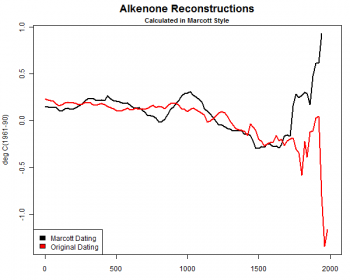The uncertainty of science: New computer models find that the tropical rain forests will not be harmed by increased carbon dioxide in the atmosphere.
Tropical forests are unlikely to die off as a result of the predicted rise in atmospheric greenhouse gases this century, a new study finds. The analysis refutes previous work that predicted the catastrophic loss of the Amazon rainforest as one of the more startling potential outcomes of climate change.
In the most extensive study of its kind, an international team of scientists simulated the effect of business-as-usual emissions on the amounts of carbon locked up in tropical forests across Amazonia, Central America, Asia and Africa through to 2100. They compared the results from 22 different global climate models teamed with various models of land-surface processes. In all but one simulation, rainforests across the three regions retained their carbon stocks even as atmospheric carbon dioxide concentration increased throughout the century.
The study provides “robust evidence for the resilience of tropical rainforests”, says lead author Chris Huntingford, a climate modeller at the UK’s Centre for Ecology and Hydrology in Wallingford. But uncertainties remain, he adds.
First, this prediction is based on a computer model, which is as likely to be as right as the previous pessimistic predictions. With that in mind, no one should start dancing for joy. The long term consequences of increased carbon dioxide in the atmosphere remain unknown.
Second, I am baffled by the previous predictions that favored catastrophe for the tropical jungles because of increased levels of carbon dioxide. Plants breath CO2. They prosper from it. If you put more in the atmosphere they will thrive. Moreover, the tropical jungles are already hot, and the plant life there is adapted to that heat. Raising the global temperature should not hurt them significantly.
Finally, faced with a result that defuses all the crisis-mongering of the global warming crowd, the author of the article feels obliged at the end to emphasis their new bugaboo: extreme weather! It’s coming! Duck your heads!
But don’t worry. When weather extremes also fail to appear, they will find something else to scream about.

